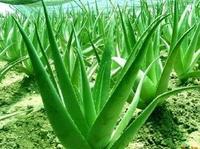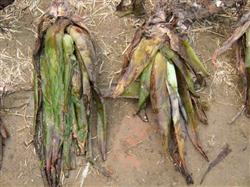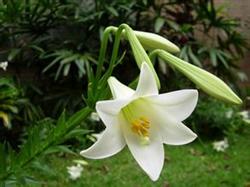Insect pests and Control techniques of Aloe Vera

The main pests of aloe are red spiders, aphids, cotton bollworm and shell insects. These pests mainly harm the seedlings or tender leaves of aloe, and the occurrence quantity is small. 1. Red spiders and aphids. It mainly occurs in spring, summer and autumn. (1) physical control. When the number of insects is small, you can spray water to rinse, or pinch to death with your hands. (2) Pesticide control. Spray with 2000 times of dimethoate, once every 3-4 days, you can give the medicine several times in a row. 2. Cotton bollworm. At present, it is the most dangerous pest on aloe, causing serious harm. Helicoverpa armigera mainly bites on tender leaves and flowers, resulting in incomplete leaves and falling flowers. (1) morphological characteristics. The adult is 14-20 mm long and its body color is changeable, including yellowish brown, grayish yellow, grayish brown and Auburn. The antennae are filiform, the forewings are mostly dark yellow, the outer edge has 7 black spots arranged between the wing veins, the hind wing is light yellow, there is a twill at the end of the middle chamber, and the part near the outer edge is tea-brown, including a gray crescent spot. Egg hemispherical, glossy, milky white at first birth, gradually turning into light green, with a reticulate surface. The mature larvae are 40-45 mm long, reddish-brown or dark-brown, with a pair of dark-brown pincer-shaped spines at the end of the tail. (2) occurrence regularity. The insect has 6-7 generations a year in South China, and the generations overlap seriously, overwintering as pupae in the soil. The adults come out to mate and lay eggs at night, and the eggs are mostly laid on the tender shoots and leaves, and the egg period is 3-7 days. The adults have a strong tendency to light and wilting poplars. The harm is usually serious from July to September. When the larvae are old and mature, they are silked and drooped, and are buried in the soil to make cocoons and pupae, with a depth of 2.5-6 cm. It usually takes 35 to 45 days to complete a generation. (3) Prevention and control methods. ① uses black light or poplar forest to trap and kill adults. ② should do a good job in the unity and coordination of other plants (such as cotton and corn) around the planting area. ③ chemical control. Spray control with 1000 times of 50% fenitrothion EC or 2000 times of 50% phoxim EC was selected during the larval initial egg stage. 3. Scale insects. It mainly occurs on soapy aloe, but less on other aloe. Scale insects often stick to the back of the leaves with larvae, sometimes on the front of the leaves. When the larvae choose a place to live, they begin to lie still and form adults, and suck leaf juice for a long time, and discharge a large amount of honey to pollute the leaves, leading to the occurrence of soot disease. Scale insects are characterized by rapid reproduction, adults are capped outside, and are not easy to be killed by pesticides. The prevention and control methods are as follows: (1) if there are few damaged leaves, they can be crushed to death by manual killing. (2) in case of serious occurrence, 80% dichlorvos EC 800 times solution can be used and dipped in the solution with a brush to smear the shell insect. It should be noted that the last use of the drug should not be less than 5 days from the harvest interval.
- Prev

How to prevent cold of potted aloe
Potted aloe vera has strict requirements on temperature in winter. the lower the temperature is, the greater the harm to aloe is. When overwintering, the main measures to prevent cold are: to set up a cold ditch. You can dig a rectangular hole in the sunny leeward yard, its size depends on the number of pots and plant size of overwintering aloe, generally 50 ~ 70% deep.
- Next

Disease control of fresh cut flower lily
First, lily blight 1, symptoms stems, leaves, flowers and scales can be damaged, mainly the tender leaves of flowers. When the leaves were damaged, small water-immersed spots appeared, and then gradually expanded into grayish green. Stem disease, immersion discoloration part up and down expansion, decay, and further developed into stem bending and sagging. When the disease is serious, the pedicel and.
Related
- Fuxing push coffee new agricultural production and marketing class: lack of small-scale processing plants
- Jujube rice field leisure farm deep ploughing Yilan for five years to create a space for organic food and play
- Nongyu Farm-A trial of organic papaya for brave women with advanced technology
- Four points for attention in the prevention and control of diseases and insect pests of edible fungi
- How to add nutrient solution to Edible Fungi
- Is there any good way to control edible fungus mites?
- Open Inoculation Technology of Edible Fungi
- Is there any clever way to use fertilizer for edible fungus in winter?
- What agents are used to kill the pathogens of edible fungi in the mushroom shed?
- Rapid drying of Edible Fungi

